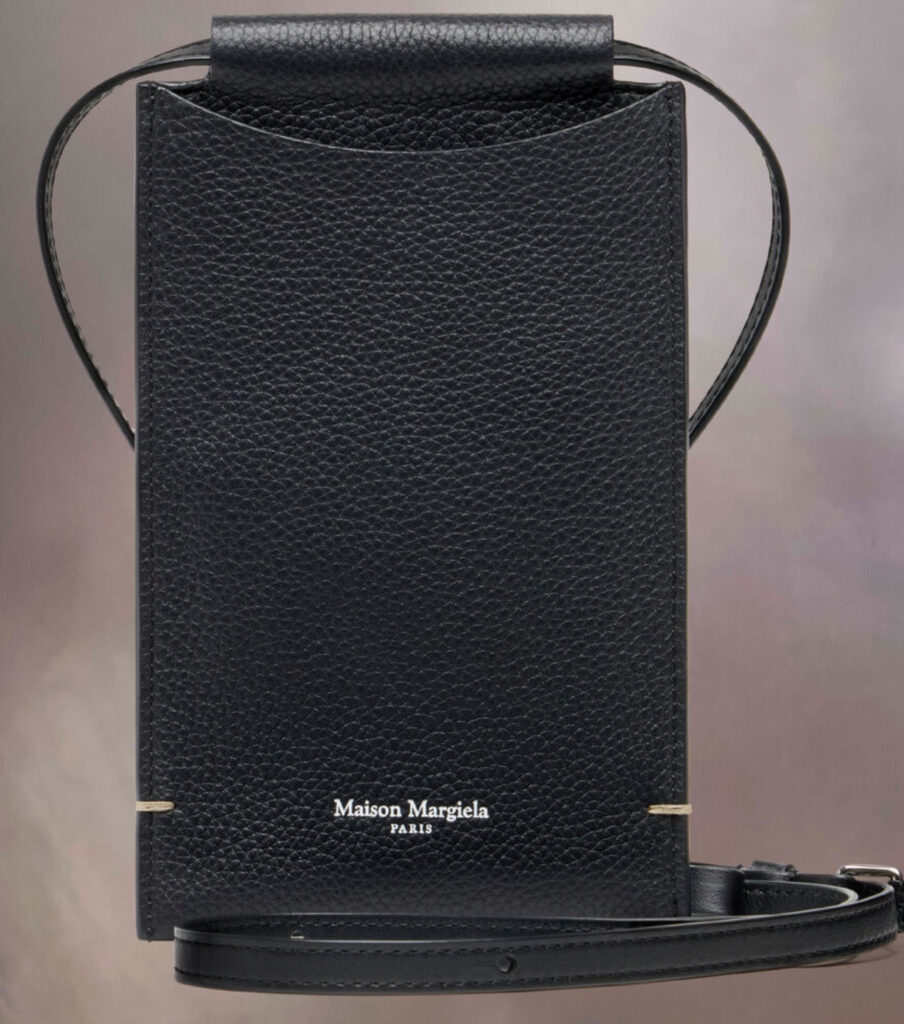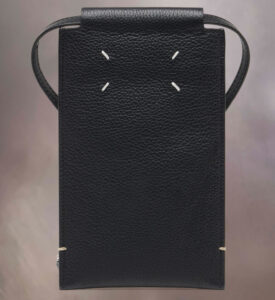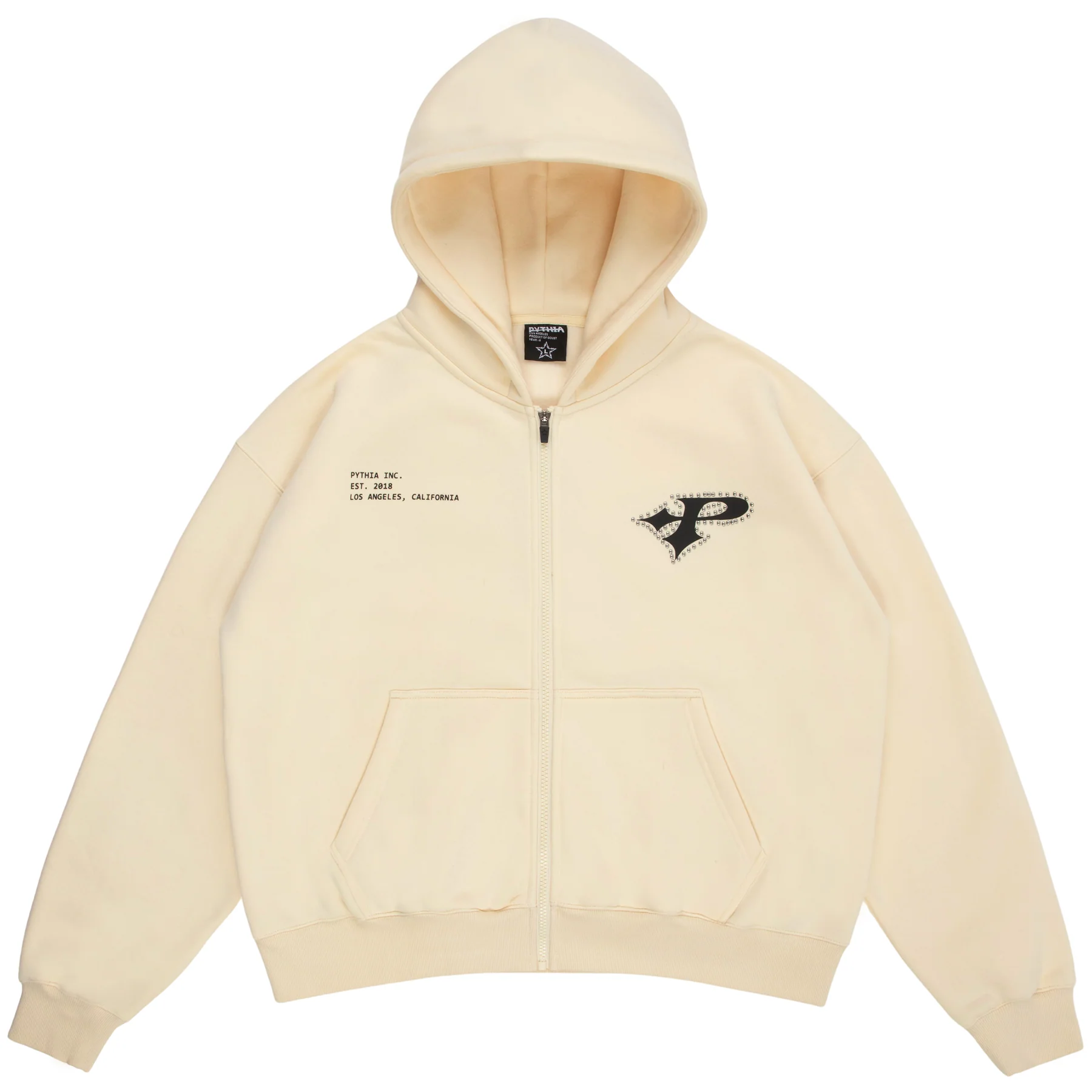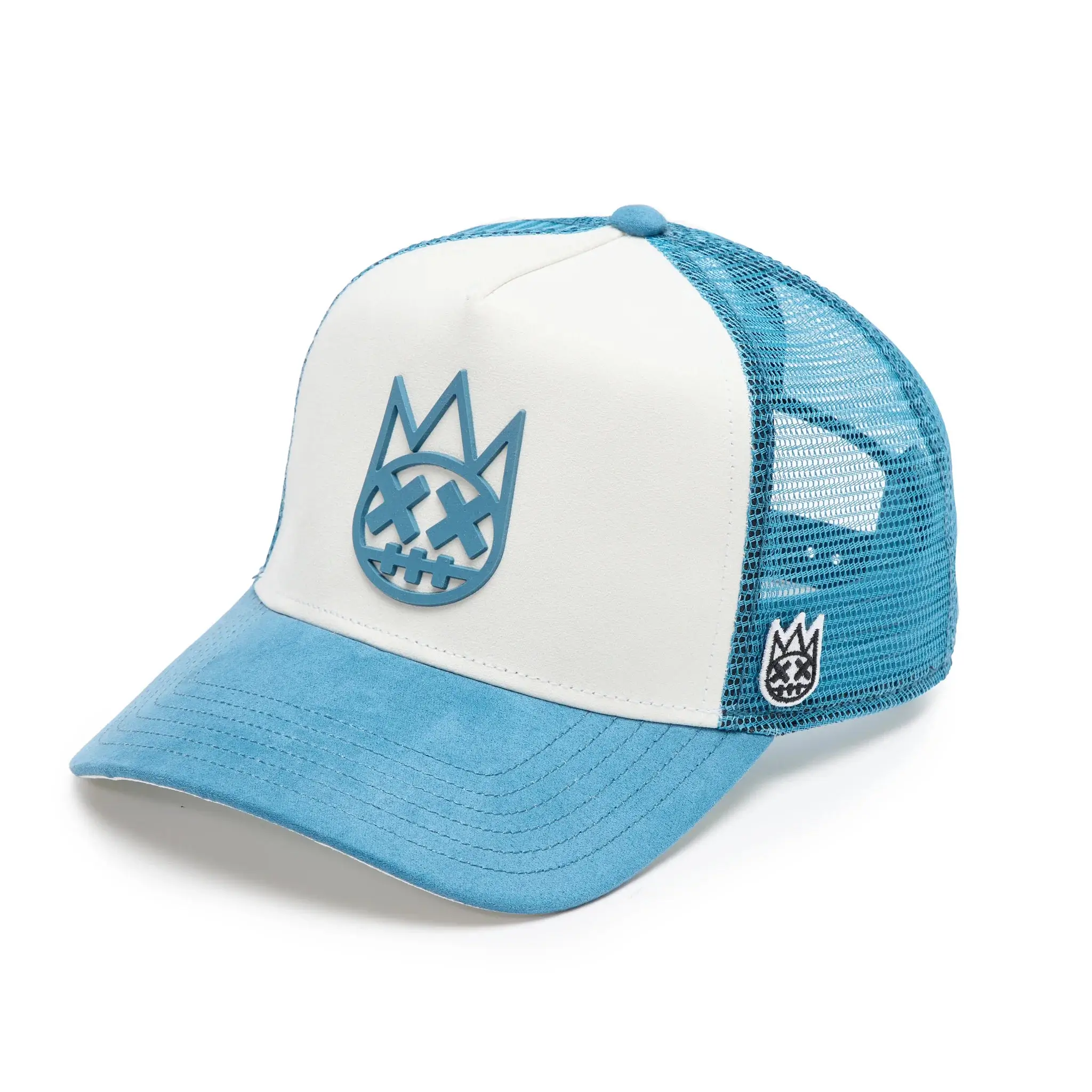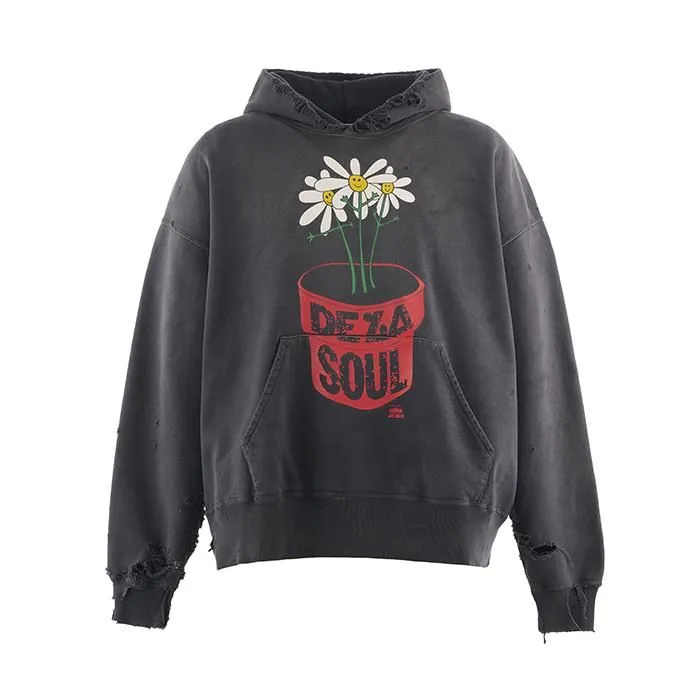In the age of post-digital minimalism, Maison Margiela’s Dress-Age Phone Neck Pouch is more than just an accessory—it’s a conceptual artifact. It speaks not only to our evolving relationship with personal technology but also to how haute is being redefined in quiet, deliberate gestures. As part of Margiela’s accessories collection, the Dress-Age Pouch embodies a kind of fashion that leans into anonymity, function, and structure—all while asserting itself in subtle but unmistakable ways.
But to understand the pouch is to understand the Maison.
The Maison Margiela Ethos: Anti-Branding as Identity
Maison Margiela has always stood apart from the spectacle of traditional fashion houses. Founded by Belgian designer Martin Margiela in 1988, the brand rose to prominence through its avant-garde philosophy—championing deconstruction, anonymity, and anti-consumerist ideals at a time when logos and maximalism ruled the runway.
The brand’s hallmark? Not having a hallmark. No visible logos, no flashy hardware, no designer interviews. Margiela’s designs carried their own language: exposed seams, raw hems, inverted construction, and most famously, the four white stitches at the back of each garment or accessory—a silent marker for those who know.
The Dress-Age Phone Neck Pouch is a continuation of this legacy. It is not just a phone case. It is Margiela’s interpretation of how we carry modern identity.
A New Era of Utility Luxury
The Dress-Age Pouch is made from soft calf leather, embossed with a subtle deer-print texture. It feels rich without calling attention to itself. Available in a creamy neutral tone—Maison Margiela’s signature palette—the pouch is slim, precise, and thoughtfully constructed. There are no superfluous elements. Only stitching, structure, and form.
The piece is designed to be worn around the neck with a long adjustable leather strap. It sits flat against the chest, akin to a uniform accessory—something between a modern lanyard and an ID holder, though infinitely more refined. It suggests both practicality and ritual, as if its wearer is part of a postmodern profession that doesn’t yet exist.
This is not about trend. It’s about intention.
The Phone as Totem: Why This Pouch Matters Now
Fashion has always responded to the objects we carry. From cigarette holders in the 1920s to compact mirror cases in the 1960s, personal accessories have long signified status, style, and culture.
In today’s world, the smartphone is the ultimate object of identity. It’s our wallet, camera, social network, and diary. It’s often the first thing we touch in the morning and the last before sleep. In many ways, it is the new “pocketbook.”
The Dress-Age Pouch elevates that fact. By creating a dedicated wearable vessel for the phone, Margiela makes a statement: the phone deserves its own architecture. And that architecture should reflect the seriousness—and strangeness—of our dependence on it.
Design Breakdown: Quiet Details, Loud Intentions
Let’s dissect the piece visually and tactilely:
- Material: Supple calf leather with a subtle deer-print finish. It reads as both refined and raw—luxury stripped of gloss.
- Color: Often presented in H8419 Off-White, a muted, almost clinical tone that feels intentional and cerebral.
- Construction: Rectilinear shape with precise edges. No zippers, clasps, or bold trims. The pouch opens at the top, forming a clean silhouette.
- Stitching: The reverse side carries Margiela’s signature four white stitches—unbranded but unmistakable.
- Strap: Adjustable leather strap with tonal hardware, long enough to cross the torso or hang from the neck in badge-like fashion.
- Interior: Goat leather lining. No branding. No inner compartments. Pure function.
This is reductionism elevated to ritual. And in the context of fast fashion’s obsession with overdesign, it feels almost rebellious.
Cultural Context: Fashion in a Post-Status World
The Dress-Age Pouch exists in an aesthetic world where fashion has been drained of its need to perform. In contrast to logo-heavy streetwear or luxury It-bags, this pouch speaks to those who want to disappear in plain sight—those who see anonymity not as absence but as power.
There’s a growing cohort of fashion consumers who are done broadcasting. They’re no longer interested in shouting wealth or identity through branding. Instead, they favor precision, subtlety, and pieces that only the tuned-in will recognize. The Dress-Age Pouch is a code for that language.
It belongs in the same conversation as Bottega Veneta’s woven leather goods (no logo, pure form), The Row’s quiet tailoring, or Lemaire’s utilitarian elegance. It’s fashion as an internal process, not external declaration.
The Genderless Object
One of the strongest features of the Dress-Age Pouch is its neutrality. It’s not designed “for men” or “for women.” It’s not styled with one particular silhouette in mind. It could hang equally over an oversized wool coat, a deconstructed shirt, or even a tank top.
This genderless design aligns with Margiela’s broader philosophy: to create pieces that exist beyond identity binaries. The pouch doesn’t conform. It doesn’t suggest who you should be. It simply offers space for your device—and by extension, yourself.
In a time when gender lines in fashion are increasingly blurred, this neutrality feels relevant and needed.
Luxury Recontextualized
So, what does it mean to pay $635 for a phone pouch?
It means investing in a concept. This is not just about materials or brand markup. You’re buying into a philosophy—one that elevates the ordinary (the phone) and ritualizes how you carry it. The Dress-Age Pouch is not about need. It’s about design purity and intention.
Compare this to mass-market phone lanyards or nylon crossbody slings. Those items solve a function but don’t evoke a point of view. Margiela’s pouch does both.
And therein lies its luxury.
Comparisons and Influence
It’s worth noting that other fashion houses have also embraced the phone pouch, but often with different intentions.
- Louis Vuitton and Dior treat the pouch as an extension of the handbag—logo-heavy, decorative, status-forward.
- Alyx Studio and A-COLD-WALL* offer more industrial, techwear-inspired takes—harnesses, clips, tactical vibes.
- Lemaire and Jil Sander land closer to Margiela, with sculptural silhouettes and minimal branding.
But Margiela’s Dress-Age Pouch stands apart because of its intellectual underpinning. It’s not just minimal. It’s meaningful.
Who Is It For?
The Dress-Age Pouch is for the collector, the minimalist, the fashion thinker. It’s for someone who values design history, understands fashion codes, and seeks pieces that communicate in hushed tones.
It’s for those who wear Comme des Garçons with old Levi’s. Those who admire Yohji Yamamoto but live in COS. It’s for gallery-goers, architects, stylists, and anyone whose wardrobe skews cerebral.
It’s not for everyone. And that’s the point.
Fashion as Behavior: The Ritual of Carrying
One of the more compelling ideas around the pouch is that it changes behavior. Wearing your phone means you’re less likely to lose it, yes—but it also repositions the device in your life.
Instead of constantly checking it, you may feel more deliberate. Instead of shoving it in a pocket, you cradle it in design. The pouch becomes a signal to slow down, to consider your actions.
In this way, it mirrors Margiela’s approach to clothing—turning the act of dressing into a conscious process.
Impression
In a sea of over-embellished accessories and clout-driven design, the Dress-Age Phone Neck Pouch represents something rare: restraint. It’s elegant but not precious, functional but not utilitarian, minimalist but not empty.
No comments yet.

